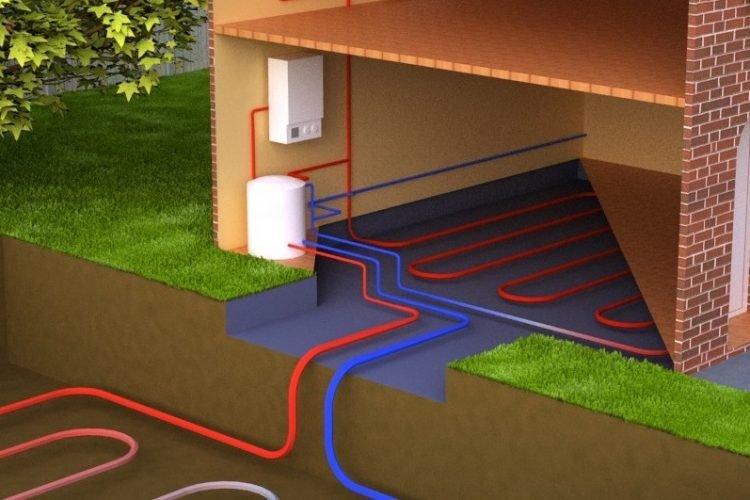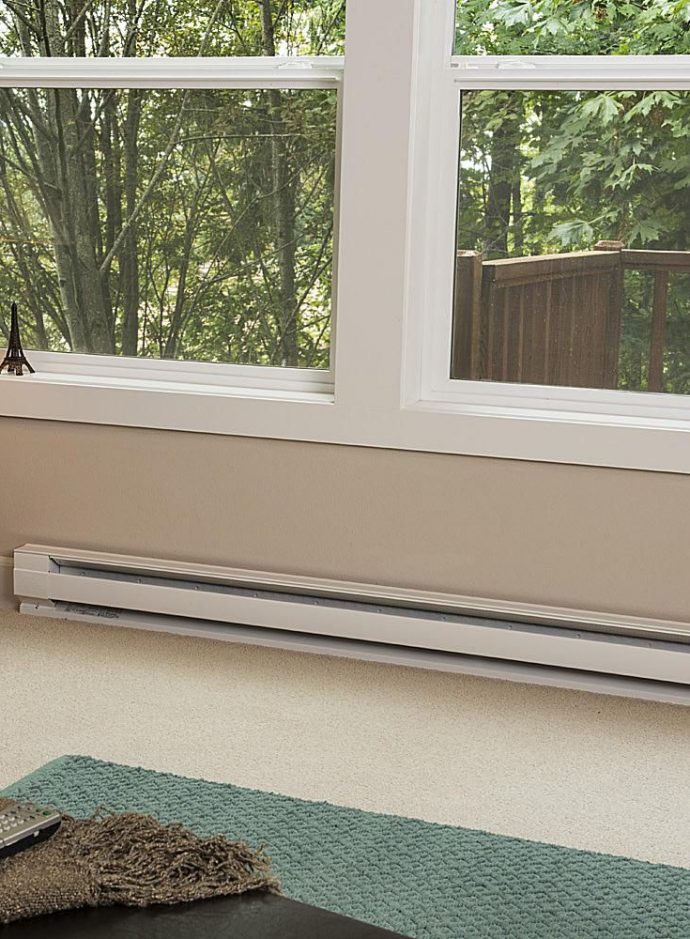Geothermal Heat Pump refers to the central heating or cooling system that transfers heat to or from the ground. This system was discovered and has been in use since the late 1940’s. Ground Source Heat Pump is sometimes referred to as geothermal heat pump,GeoExchange, earth-coupled or water-source heat pumps. Ground source heat pump takes advantage of the stable temperature underground by using a piping system known as a “loop.”The type of Ground Source Heat Pump includes horizontal, vertical, and pond/lake; these three (3) are often referred to as closed-loop systems. We also have an open-loop system.
Water circulates in the loop to exchange heat between your home, the ground source heat pump, and the earth, providing geothermal heating, cooling, and hot water at remarkably high efficiencies. For a better explanation of the above sentences, they use the constant temperature of the earth as the exchange medium instead of the outside air temperature.
GeoExchange Heat Pumps, as it may sometimes be referred to, takes advantage of the moderate temperatures in the ground to boost efficiency and reduce the operational costs of heating and cooling systems and may be combined with solar heating to form a geo solar system with even greater efficiency. Ground Source Heat Pump can heat, cool, and also supply the house with hot water depending on its capability. This works through using the heat absorbed at the Earth’s surface from solar energy. The function of Ground Source Heat Pump is that it uses a heat pump to force the transfer of heat from the ground. Through these heat pumps, heat is transferred from a cool space to a warm space which is against the natural direction of flow, and also they can enhance the natural flow of heat from a warm area to a cool one depending on what you want.
This Geothermal Heat Pump works almost like a conventional heat pump, by using high-pressure refrigerant to capture and move heat between indoors and out. The only difference between a conventional system and this one is that the conventional gather their heat—and get rid of it – through the outside air while the geothermal systems transfer heat through long loops of liquid-filled pipe buried in the ground. Ground Source Heat Pump absorbs heat stored in the ground during the winter through the water that circulates in its underground loop, and this heat would be carried by the loops to the ground source heat pumps where it would be concentrated and then sent as warm, comfortable air throughout the house.
The cost of setting up Ground Source Heat Pump is relatively high. However, there is no need for a noisy outdoor fan to move air through the compressor coils when you are using it. It also saves energy and gives the highest heating and cooling efficiency. The system lowers hot water costs with no fossil fuels burned.
You can visit this link to learn more details about ground source heat pump and decide if you need one.


